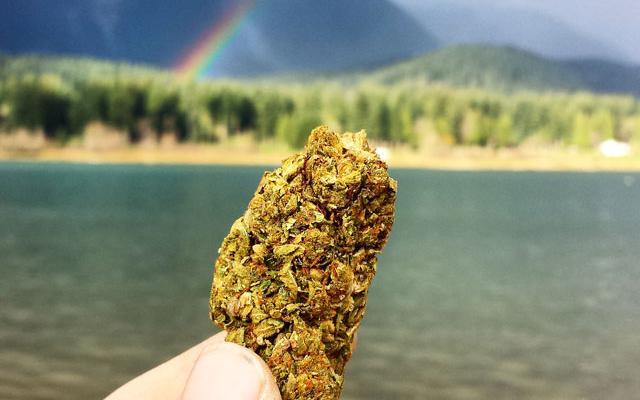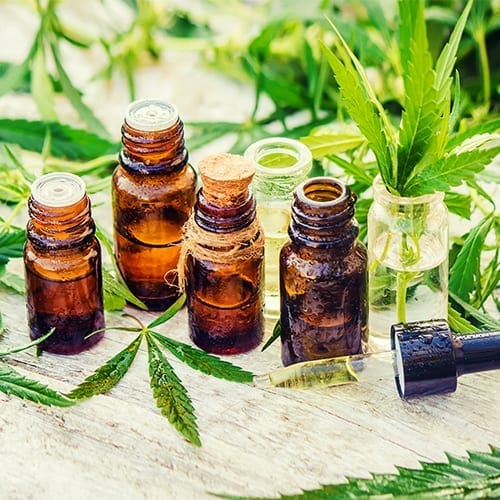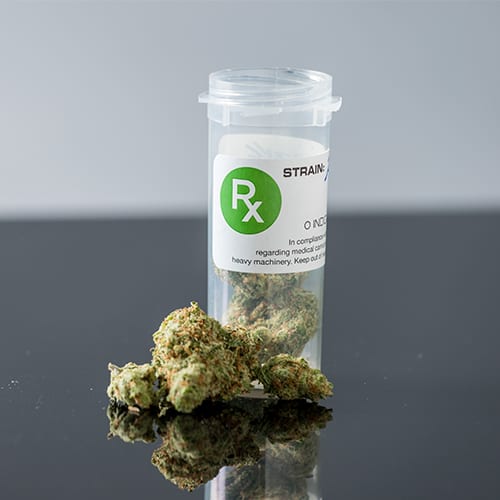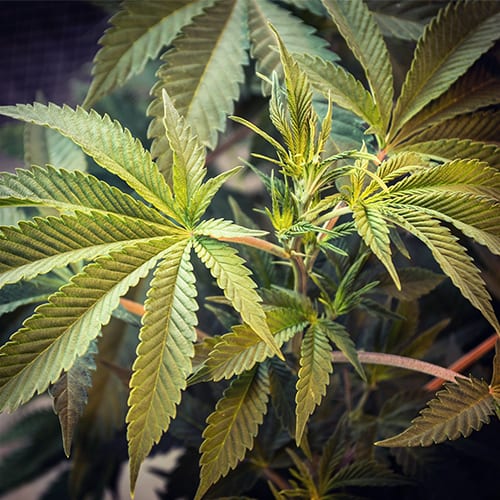In order to get a glimpse into what drugs we do, law enforcement scientists do things like measure drug metabolites in wastewater. Scientists recently measured drugs in the air at air quality monitoring facilities all over Italy in an attempt to gain knowledge on consumption of nicotine, cocaine, methamphetamine, ketamine, heroin and cannabis.
In Europe, the overall most common illicit substance in the air was THC and other cannabinoids. They found more THC generally in indoor air than outdoors, and they found far more cannabinoids in the air overall in the winter (1.3 -21 ng/m3) than in the summer (0.09 -0.25 ng/m3). Indoor air also had higher concentrations of caffeine and nicotine. Cocaine came second to THC in Europe, but in South America they found more cocaine than THC.
Substances like ketamine, methamphetamine and heroin were not common in the air overall, but scientists were able to detect slightly elevated amounts of ketamine and methamphetamine in places like nightclubs where consumption typically spikes. Cocaine and THC in the air also spiked on the weekend, whereas methamphetamine stayed relatively consistent seven days a week.
Scientists found correlations between the concentration of THC in the air and high relative humidity, low wind speeds and low temperatures indicating that stagnant air favored high levels of ambient THC. This means higher levels of THC found in the air during the winter could be due to physical factors, and don’t necessarily mean that people consume more cannabis in the winter.
While measuring illegal drugs in the air is certainly an interesting practice, even the authors of this paper mentioned it’s not as effective as measuring drug metabolites in wastewater and is not an accepted method. So put it in the air, nobody cares.
Written By: Sirius J (High Times)






